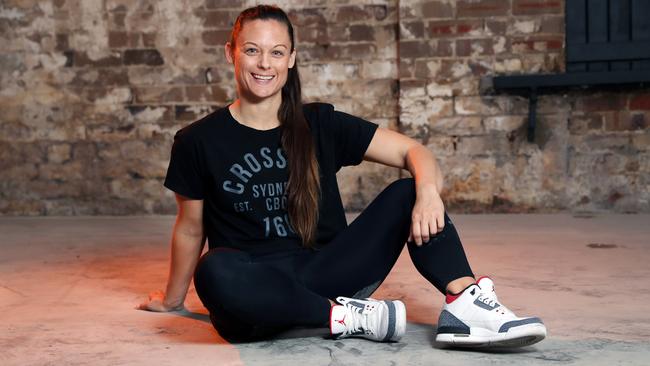Health, hospital services gap in NSW sees regional towns suffer
A gap in healthcare is splitting NSW into two with regional areas home to the state’s sickest towns while their city cousins have better access to medical services. IS YOUR TOWN ON THE LIST?
NSW
Don't miss out on the headlines from NSW. Followed categories will be added to My News.
An alarming gap in healthcare is splitting NSW into the haves and the have nots with regional areas home to the state’s sickest towns while their city cousins enjoy far better access to medical and hospital services.
The rate of potentially avoidable deaths in NSW for people under the age of 75 between 2017 and 2018 was three times higher in regional areas like Broken Hill, Muswellbrook, Wentworth, Bourke and Nambucca than Sydney metropolitan suburbs including Mosman, Ku-ring-gai, The Hills Shire and Lane Cove.

Mining town Broken Hill in the far west topped the list for most preventable deaths, with a rate of 148 per 100,000.
This is more than three times the rate of NSW’s healthiest region – Ku-ring-gai in northern Sydney.
The mid-north coast town Nambucca Valley came in at fifth place for the most avoidable deaths with 130.3 per 100,000.

Nambucca Valley Council Mayor Rhonda Hoban said the area was wrought with an ageing population, a lack of bulk billing GPs, limited transport to get to healthcare facilities and extremely high rates of chronic illness.

Ms Hoban said the new hospital in Nambucca, which was opened early due to COVID-19, was a sign of better days to come.
But as the town’s doctors continued to retire and transport remained an issue, Nambucca locals have failed to prioritise their health.
“We have close to double the state average for Indigenous people and we are a low socio-economic area. We have more chronic illness, age and disability and mobility issues. We are behind the Eight ball to begin with and then the access to general practitioners is an issue,” she said.
“In Bowraville, there are several centres focused on Aboriginal health, but continuity of care is a problem. Even when people have a problem, they will go when particularly ill, but they then don‘t follow up because it’s not convenient.”

Australian Medical Association NSW president Dr Danielle McMullen said a lack of funding in general practice has resulted in rural GPs unable to run bulk billing practices.
“In smaller areas they wouldn’t be enough volume of customers to fund a practice on bulk billing alone. Telehealth may be able to provide a valuable adjunct in remote areas but it’s not enough to replace face-to-face treatment,” she said.
Ms McMullen said apart from treatment facilities, it was also important to have preventive initiatives in place including good local produce, parks and walking tracks.
“In a lot of remote areas of this country we have to worry about food security.
“In the city we can get fresh vegetables any day of the week at a reasonable price but there are areas in the state where that still needs to happen.”

Retired Nambucca couple Bill and Maureen Shepherd routinely travel several hours to get rehabilitation for Mrs Shepherd Charcot’s Foot disease.
“We are quite happy to travel for operations and initial assessments but if you have to travel for 2 hours for rehab your whole day is gone. The additional petrol, the time, it adds a lot of added stress and money,” Mr Shepherd said.
“ It’s not a big thing for a person with loads of money but for older pensioners, that’s not easy.”
On the flip side, locals in Sydney‘s bustling Inner West said they had everything they needed to prioritise their health.
The area had a potentially avoidable death rate of 71 per 100,000.
“There are lots of options for people for exercise and good nutrition. We are opening a new gym here and the reason we pick his area is because there are many people around here who are interested in fitness,” Alexandria fitness instructor Lizzy Pugh said.
“I haven‘t found doctors to be an issue here. I think generally people here are more active and outside. There are so many local parks for exercising.”.
More Coverage




